A Scion Society of The Baker Street Irregulars
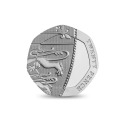
Pocket Change of BBC’s Sherlock – Today’s Money of the United Kingdom
“Have you any change in your pocket?”
– The Adventure of The Dying Detective (DYIN)
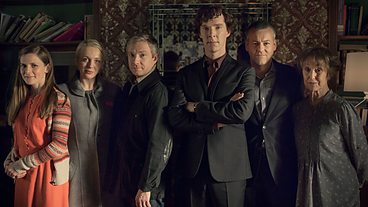 One of our first posts was Dennis Nowicki’s excellent Coins of The Canon, which featured a review of Queen Victoria’s coinage mentioned in the original Sherlock Holmes stories. To date, there have been 9 episodes of BBC’s Sherlock. While there have been limited references to coins or money in the series, let’s review what the cast of Sherlock would have as change in their pockets, wallets or purses.
One of our first posts was Dennis Nowicki’s excellent Coins of The Canon, which featured a review of Queen Victoria’s coinage mentioned in the original Sherlock Holmes stories. To date, there have been 9 episodes of BBC’s Sherlock. While there have been limited references to coins or money in the series, let’s review what the cast of Sherlock would have as change in their pockets, wallets or purses.
Reading the 60 original stories of the Canon, we are used to the terms farthings, pence, shillings, florins, crowns, pounds, etc. Many of these monetary terms went away when the United Kingdom switched to a decimal coinage system in 1971.
Under the old monetary system, 240 pennies made up a pound, 12 pennies equaled 1 shilling and 20 shillings totaled up to a pound. After the switch to a decimal coinage system, 100 pence equals a pound.
The obverse of all of these coins feature Ian Rank-Broadley’s portrait of Her Majesty. This design will be changed in 2015, as you can read in this post. Matthew Dent designed the reverses from the penny to the one pound coin, while Bruce Rushin designed the reverse of the two pound coin.
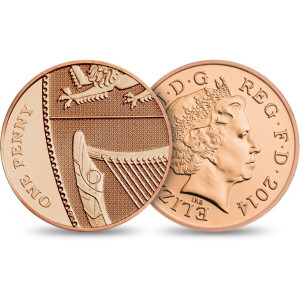
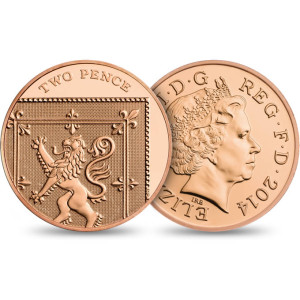
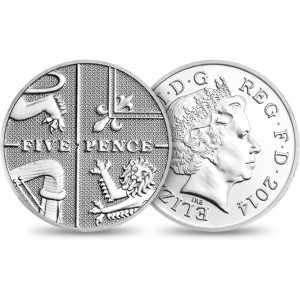
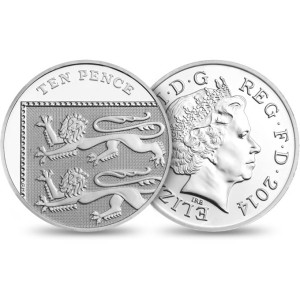
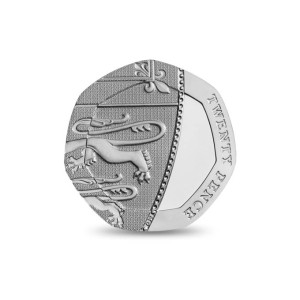

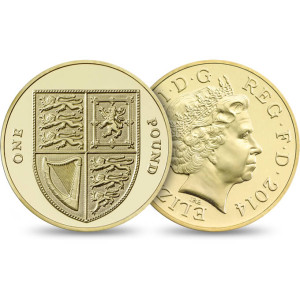

The six coins, from 1p to 50p, when arranged correctly have their designs make up the shield of the Royal coat of arms that is fully displayed on the one pound coin.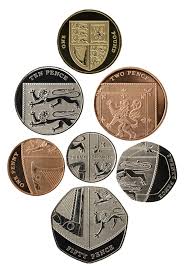
While there appears not to have been any coins spent in any episodes of Sherlock, we do have a few scenes where a banknote or two appear.
In the first episode, A Study in Pink, Sherlock can be observed handing over some folded banknote(s) to the cabbie as he is about to meet John Watson to look at the flat at 221b Baker Street for the first time. This would probably be some mixture of £5, £10 and £20 banknotes.
In The Great Game, the third episode of the first season, Sherlock has the cab he is riding in stop on the Waterloo Bridge, jumps out and finds a member of his street network. He passes along a £50 banknote asking for assistance in tracking down the assassin, Golem. Sherlock would receive a banknote back from this person, outside 221b Baker Street, later in the day with instructions where to find the Golem.
Fifty Pound banknote
The £5 note will be replaced in 2016 with a design featuring Winston Churchill. About a year later, the £10 design will change and feature Jane Austen. Both of these notes will be made of polymer when they are introduced.
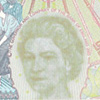 The Bank of England has a mobile app that offers greater detail about their banknotes. It’s interesting to note that all of the banknotes have a copyright notice – I’m sure this has deterred more than a few potential counterfeiters when they saw the notice…..
The Bank of England has a mobile app that offers greater detail about their banknotes. It’s interesting to note that all of the banknotes have a copyright notice – I’m sure this has deterred more than a few potential counterfeiters when they saw the notice…..


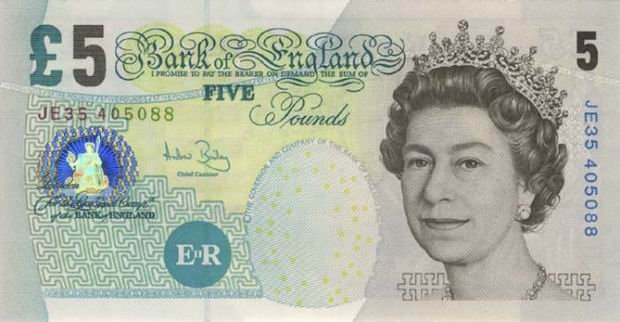
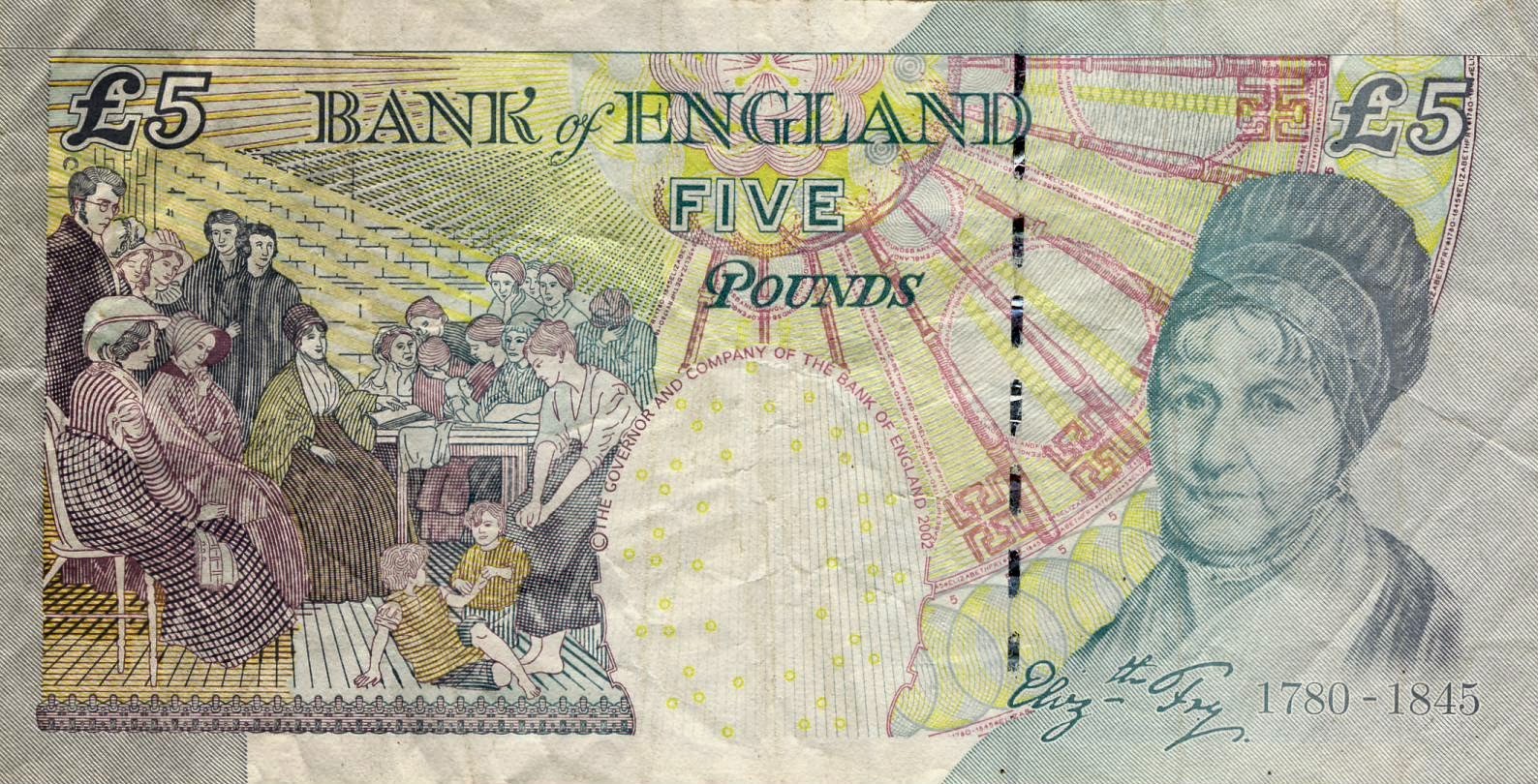
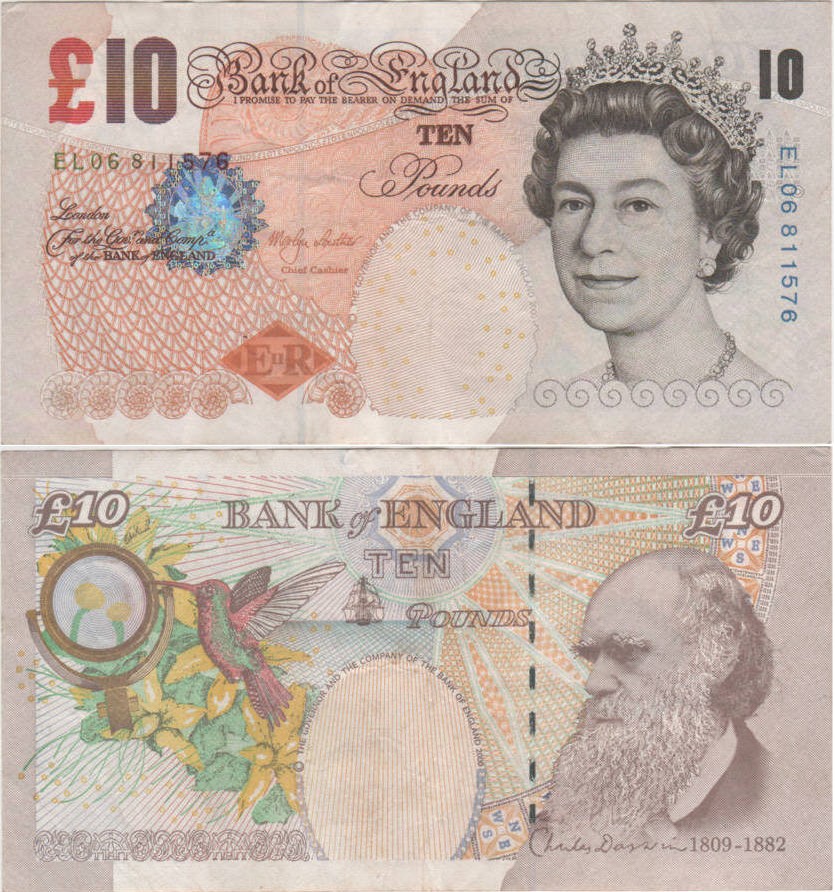
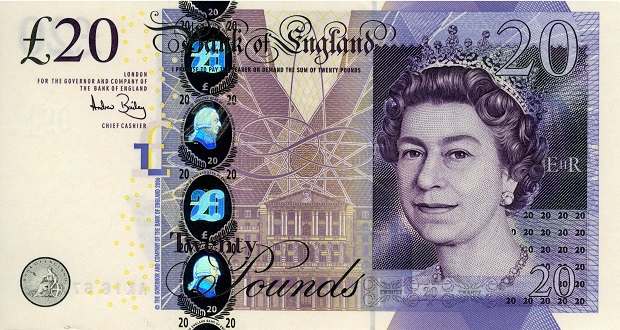
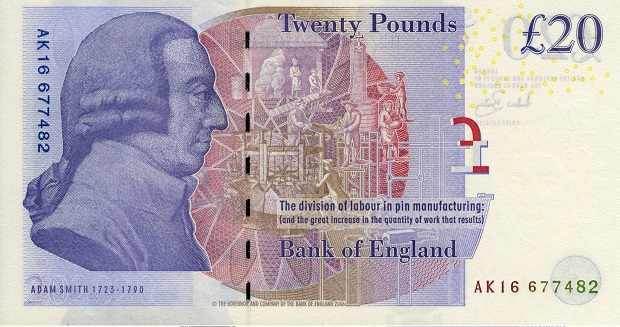
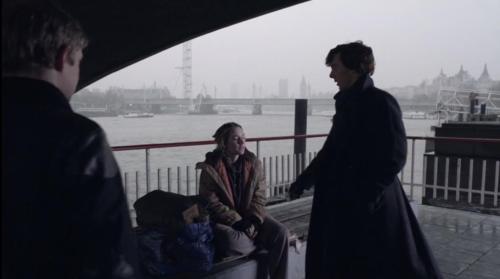
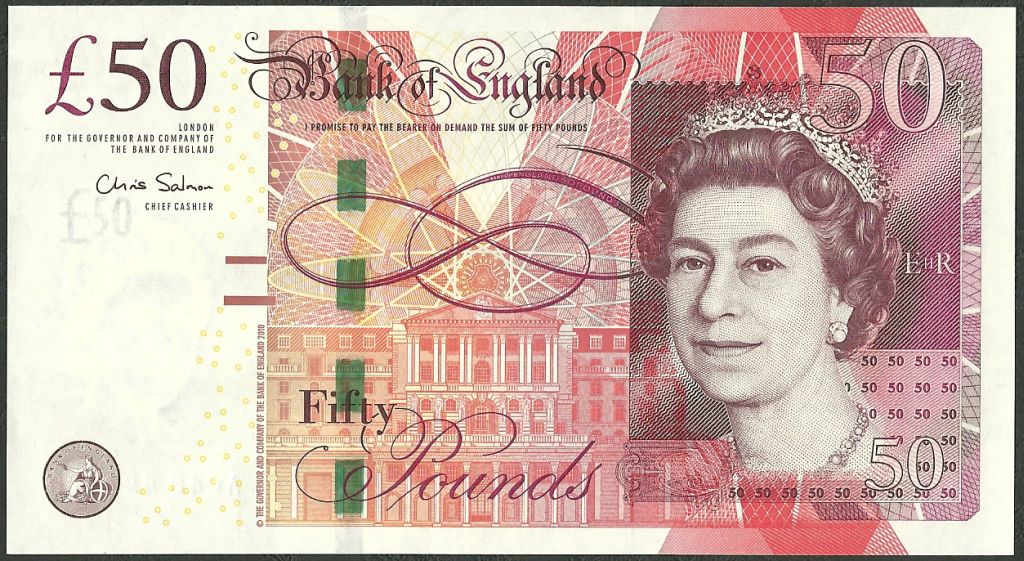
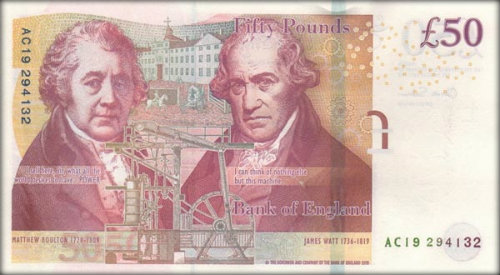
[…] While the Britannia design was in use since 1969, in 1997 a lighter and smaller 50 pence coin was introduced, and the old coins were removed from circulation. In 2008, a new design was introduced that featured a section of the Royal Arms showing elements of the third and fourth quarterings, which when placed next to the other circulating coins, actually makes up a full shield. We discussed this design element in an earlier post. […]